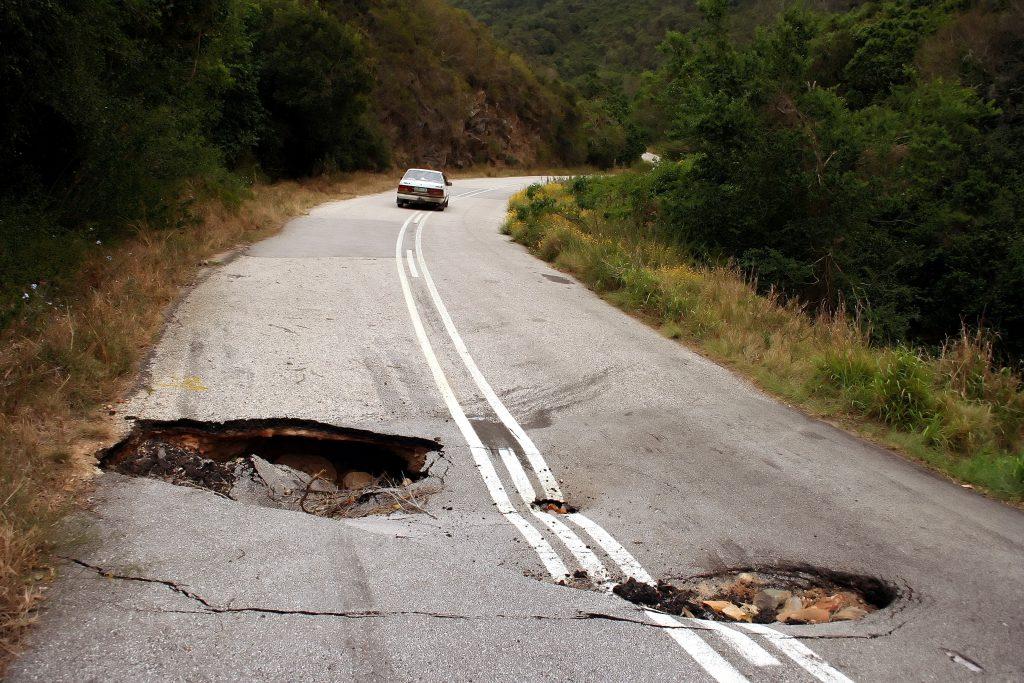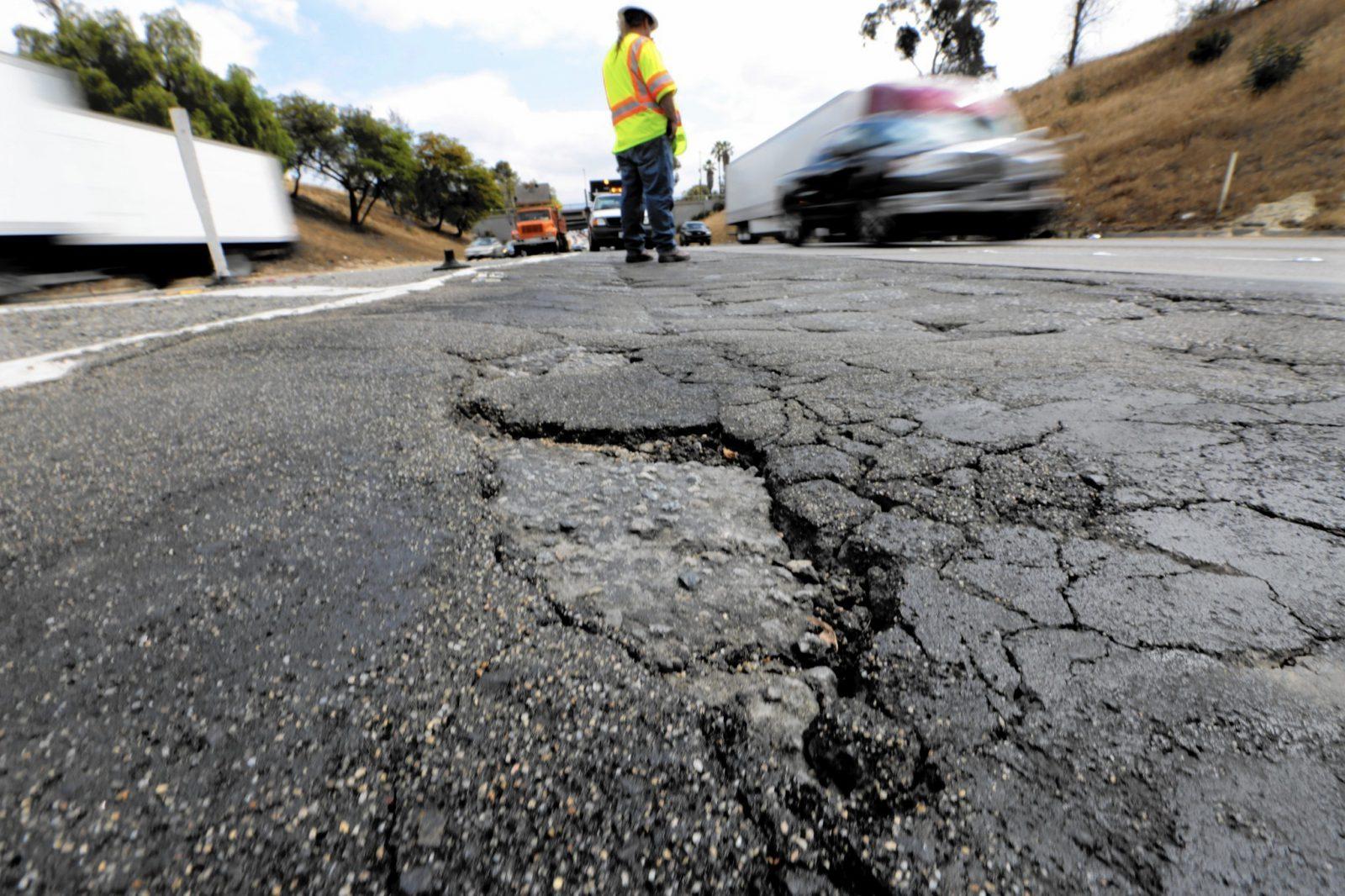After extreme weather conditions such as heavy snowfall, rainfall, or hailstorm, one of the most annoying factors is the pothole on city roads. It causes us difficulties while driving on rough roads.
However, this is also true that remote areas with usual pleasant weather conditions, also sometimes have not so well maintained roads.
Thus, with such rough terrain or unimproved roads in the city or in the countryside, it gets difficult to drive. And, learning certain driving tips in this regard gets more important, as these prove out to be helpful for driving on rough roads.
Contents
Notes While Driving On Rough Roads
- Check the car system carefully before rolling like brakes, horns, lights, tires, gas.
- Control your speed well, so the rough road should be reduced to the lowest possible.
- Always keep calm and a spirit of waste disposal, comfortable when participating in traffic.
- If the steering wheel is not strong enough to use alcohol and other stimulants to control the car, do not handle the steering wheel in this terrain condition.

Loss Due to Uneven or Irregular Roads
The rugged road forms mainly due to the water deposition under the concrete roads and the moving of vehicles over the affected area. So, to help people in this regard, there are certain essential tips and tricks, which lets people drive with ease on such lanes.
1. Understand the Wheel Drive of the Vehicle
It is critical to know for an individual whether the car has front wheel drive, rear wheel drive, or all four-wheel drive. Because ascertaining this feature of the car actually gives an idea of how the car would handle the varied road conditions.
Moreover, it saves a person from being locked with its car tire on a muddy road or huge pothole.

For instance, while driving the front or only rear wheel drive car, it is wise to avoid primitive roads with sand or thick roads. Because this could damage the tires due to the excessive strain on those, two wheels only.
However, if it is a four-wheel drive then, it is not only easy to drive for an individual but also he has more car handling flexibility.
SEE MORE:
2. Modification in Vehicle
Regular drivers on roads must ensure time-to-time adjustments in the vehicle. As this not only improves the vehicle efficiency but also creates an enjoyable experience for a person.
For instance, uplifting the vehicle using a certain kit and upgrading the quality of shocks lets passengers along the driver feel less of the bumpy ride. Another thing that needs improvement with the time is the quality of the tire. In fact, using the ones designed for off roads would increase safety and adjustment to the varied type of material on roads.
3. Carry Emergency Equipment
It is important to have certain tools in the kit so that the strain put on the vehicles while driving on rough roads if they cause any problem then, the emergency supplies can be made use of.
Some of the tools in this regard that can be helpful are a shovel, spare tire, tire jack, jumper cables, cell phone, and first aid kit.
4. Drive in the Fast Lane
It is better to avoid driving the car in the right lane on the interstate highway. Because of heavy trailers or loads usually, use this part of the road thus, causing many potholes on it.
Therefore, it is better to drive in the left lane, which is otherwise better in condition than the right lane road.

5. Slowing Down of Car
This driving tip can surely save anyone from confronting any serious damage due to the gashes, holes, or large bumps.
Because while driving slowly on harsh roads, one gets enough time to react and this ultimately saves from getting into any problematic area.
After knowing these tips, you must surely be feeling confident for driving on rough roads, thereby protecting yourself from an accident and serious injury.
Finding cheap used cars from reliable Japanese sellers? Click here<<
FAQs
1. How should I approach potholes and rough patches on the road?
Approach potholes and rough patches at a slower speed to minimize the impact. Avoid swerving suddenly to miss them, as this can lead to loss of control. Gradually slow down and steer straight through the rough area if it’s safe to do so.
2. What’s the best way to handle gravel or dirt roads?
On gravel or dirt roads, maintain a steady and moderate speed to improve traction. Avoid sharp turns or sudden braking, as this can cause skidding. Reduce speed before turning and be prepared for loose gravel under your tires.
3. Should I adjust my tire pressure for rough road conditions?
Depending on the severity of the rough roads, you may consider adjusting your tire pressure.
Lowering the pressure slightly can provide better traction on uneven surfaces, but it’s essential to follow the manufacturer’s recommendations and avoid over-deflating the tires.
4. How can I protect my vehicle from damage while driving on rough roads?
To protect your vehicle, drive cautiously and avoid aggressive maneuvers. If you have a high-clearance or off-road vehicle, you may have better protection against undercarriage damage. Regularly inspect your vehicle for any signs of wear or damage after driving on rough roads.
5. What do I do if my vehicle gets stuck on rough terrain?
If your vehicle gets stuck, remain calm and avoid excessive acceleration, which can dig the vehicle in deeper.
Try rocking the vehicle gently back and forth, and consider using traction aids like sand, gravel, or mats under the tires. If you’re unable to free the vehicle, seek assistance.
6. Are there any specific off-road driving techniques I should be aware of?
Off-road driving may require additional skills and techniques. It’s advisable to take a off-road driving course to learn about proper techniques, including how to handle various terrains, steep inclines, and descents safely.
Check out this video from Smart Drive Test and learn how to become a safer, smarter driver with these 5 excellent defensive driving strategies!
Final Words
Remember that safety is paramount when driving on rough roads. Adapt your driving to the conditions, and always prioritize your well-being and that of your passengers.
If you’re unsure about the suitability of your vehicle for rough terrain, consult your vehicle’s manual or seek advice from experts.
For more helpful driving tips, follow Car From Japan today!



